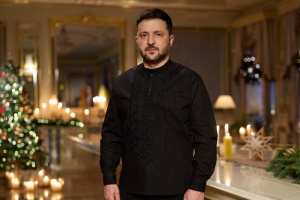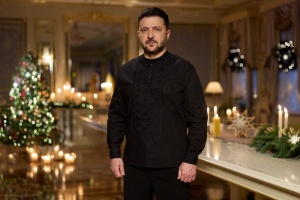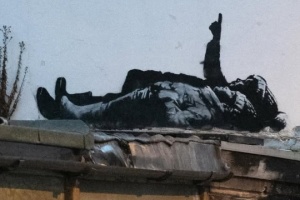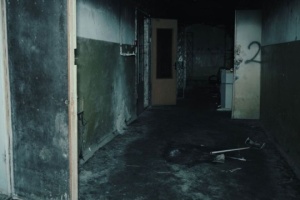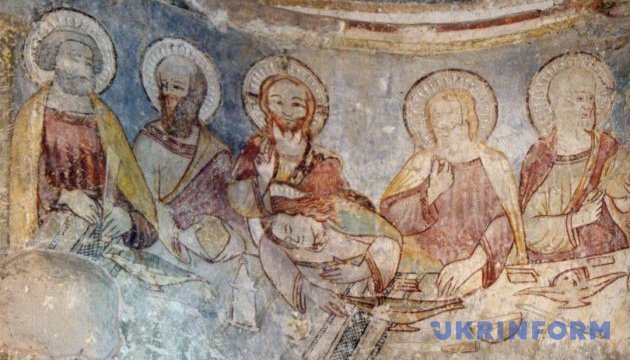
Great secrets of a small old temple
But the essence of this temple, in fact, is not only in its recognition. This small church is a real treasure chest. It is not certain who built it here and why, and why it was preserved so well at this place for so many centuries. They say that on this hill there was an old castle, or a palace. It was ruined, but the church stood. More questions arise due to the rotunda's frescoes, which are attributed to Italian masters of painting. On these paintings there are a lot of signs and symbols, and solving them is a very interesting task.
The first of the rotunda's secrets is its age. It is still not clear exactly in what century it was built. Scientists call several options (from 10th to 13th centuries). Historical information suggests that this small church of St. Anne on the outskirts of Uzhgorod stood in oblivion from the Middle Ages to the end of the 19th century. Historians were interested in it after the craftsmen discovered colored frescoes under the old plaster during the regular renovation of the temple in 1879. The find was a real sensation, and Hungarian scientists began to study it. A preliminary review of frescoes allowed scientists to conclude that they were painted in the 14th-15th centuries. So, scientists began a detailed study of the monument, and numerous expeditions came here. This made the church on the outskirts of Uzhgorod known throughout Europe.
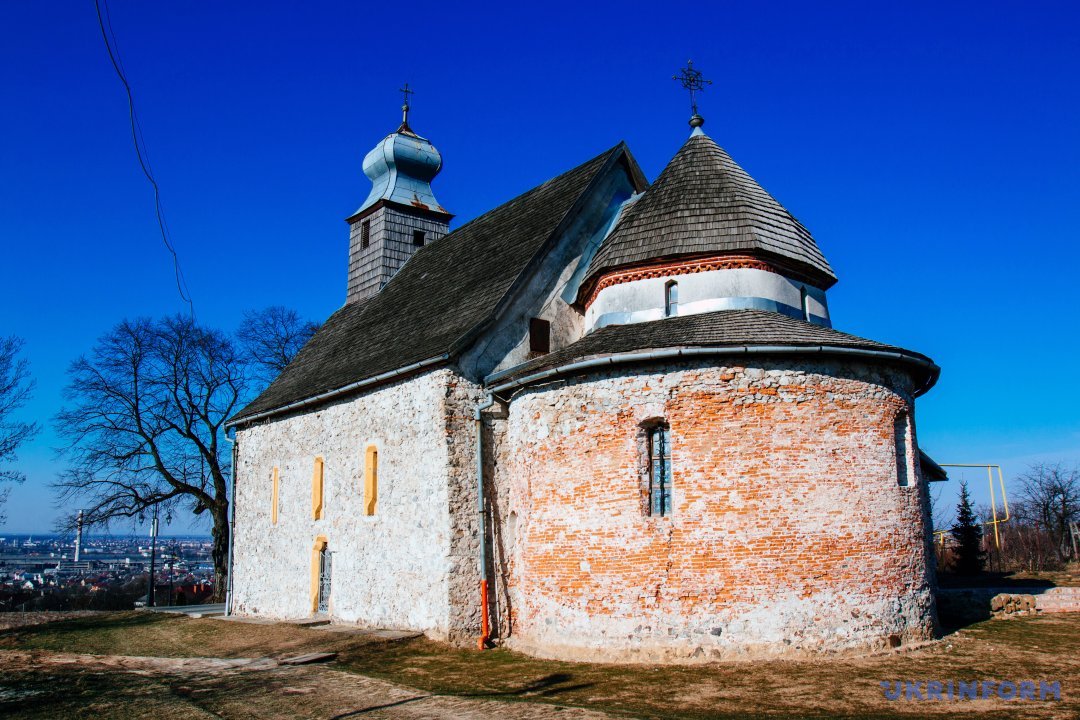
To date, scientists from different countries have been discussing the origin of the Horiany Rotunda and its purpose. One of the most well-known theories is that on this hill, where the church now stands, there once was a legendary Ung Castle, where Prince Laborec lived - the one who, according to legends, was defeated by Hungarians who crossed the Carpathians. On the territory of the Horiany Rotunda, there are also remnants of walls and foundation. However, archaeologists attribute them to the 13th century and they say not about the castle, but about the palace complex, which included the rotunda.
Interestingly, the Horiany Rotunda is the only one of this kind in the country. This is a six-sided temple, but the hexagon is so softened that almost all researchers depicted the plan of its foundation as round.
Another mystery is the Rotunda's frescoes. It is them that made this site so popular. According to scientists, they represent the Proto-Renaissance period and were performed by Italian masters of the Giotto School.
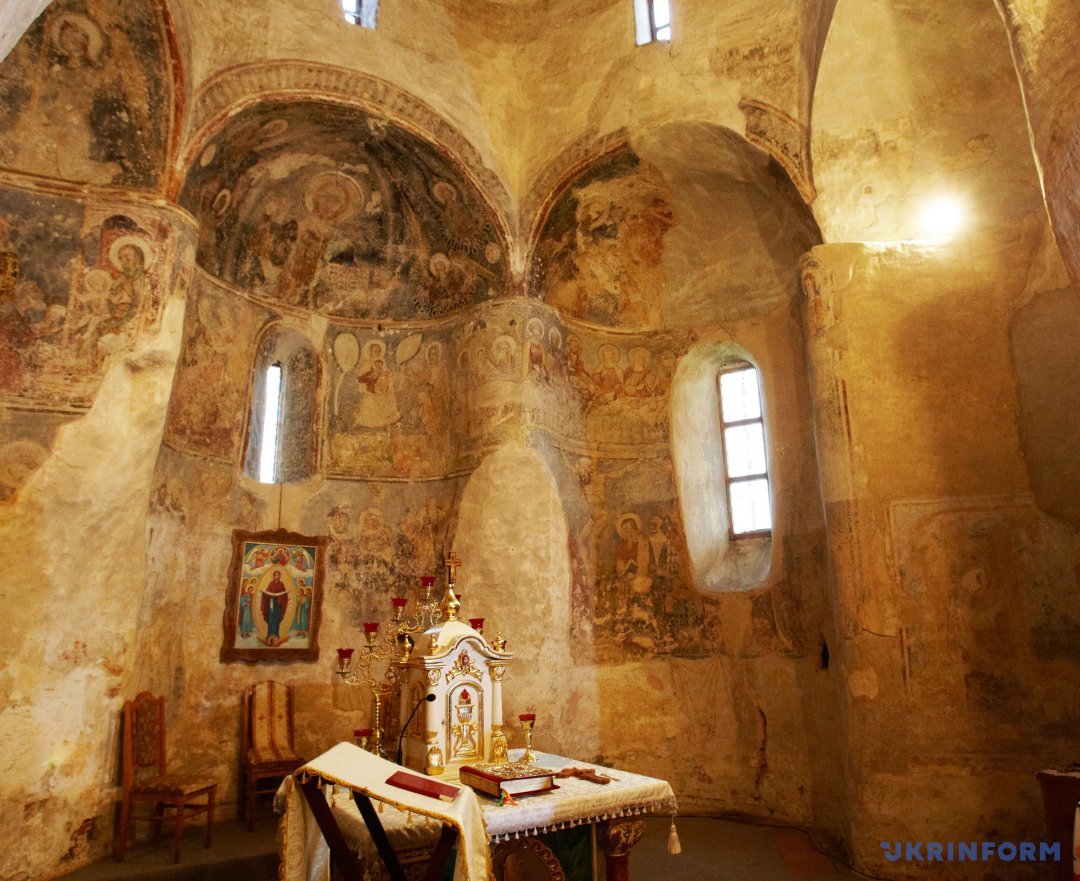
In fact, the presence of masters of the Giotto School in Transcarpathia, thousands of kilometers from Italy, is not surprising when we take into account the fact that these lands were owned by representatives of the Italian Dynasty of Drugeths from Naples from the beginning of the 14th century. One of the family branches of this dynasty even had a generic estate in Horiany and added to its surname the word "herein," that is "relating to Horiany." Apparently, Drugeths invited the Italian masters to paint a temple in Horiany and these were masters who - we cannot say that they studied at Giotto - but they imitated his style, oriented towards it.
Once you enter the rotunda, you can see the famous frescoes painted on the walls and in the altar. There is information that they were painted in the second half of the 13th or even 14th century. There are two types of frescoes - earlier and later, those of the Byzantine type, the Italian type, and the ones that belong to the Giotto School.
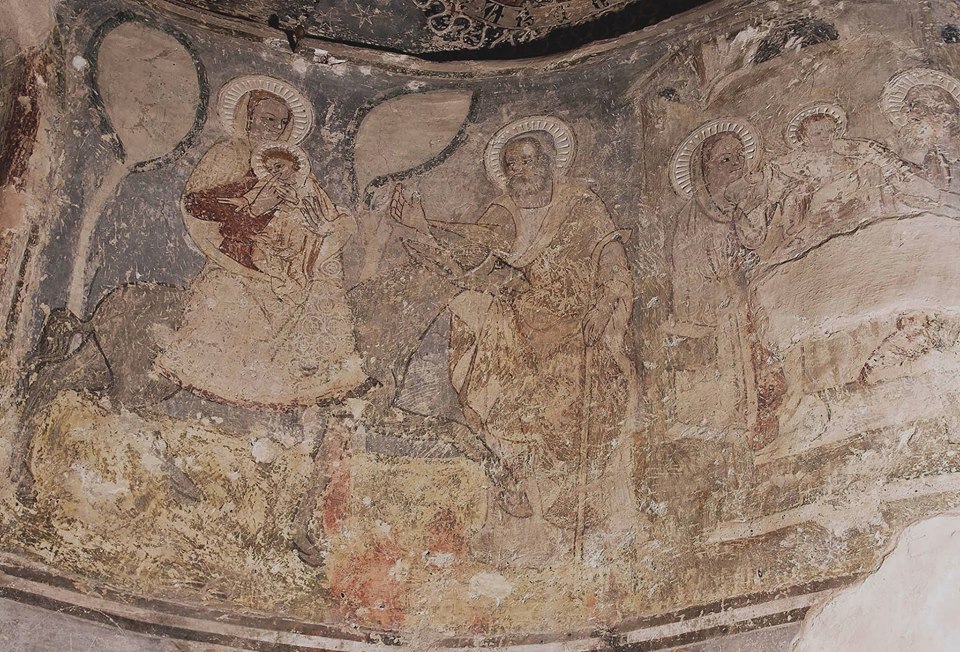
But what captures most in the rotunda frescoes is that they have a hidden mass of signs and hints.
After such a survey of frescoes, you receive more questions about the Horiany Rotunda than before you came here. But at the same time there is a feeling that you really touched something extraordinary, a mystery.
Tetiana Kohutych, Uzhgorod
Photo by Serhiy Hudak and from Olena Kudria's personal archive

